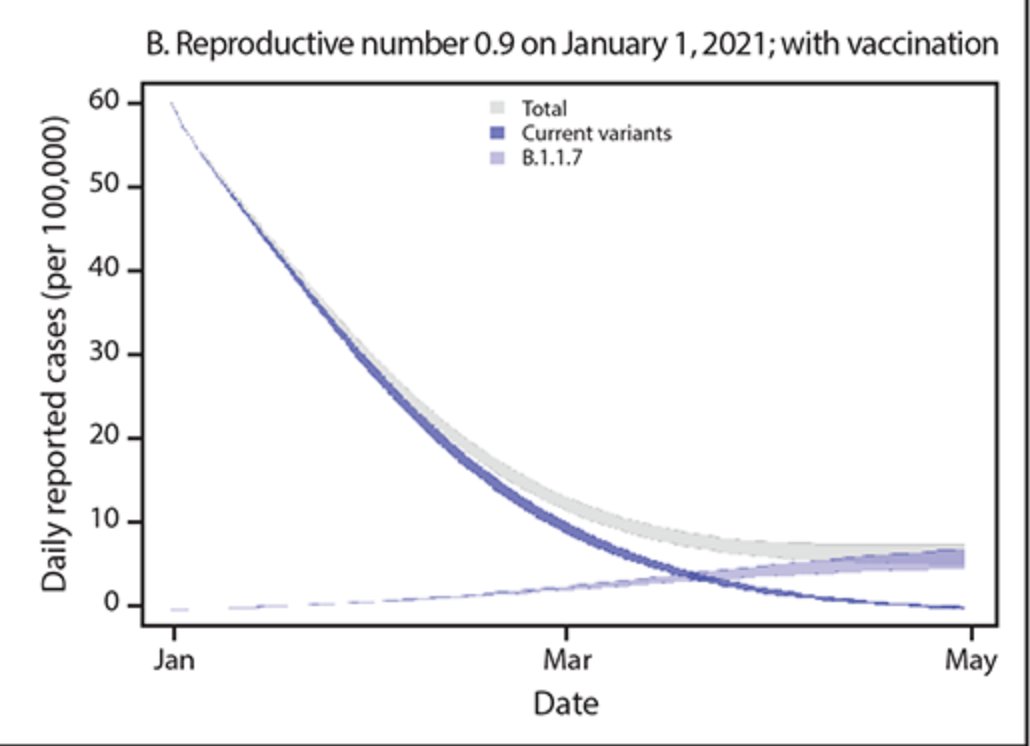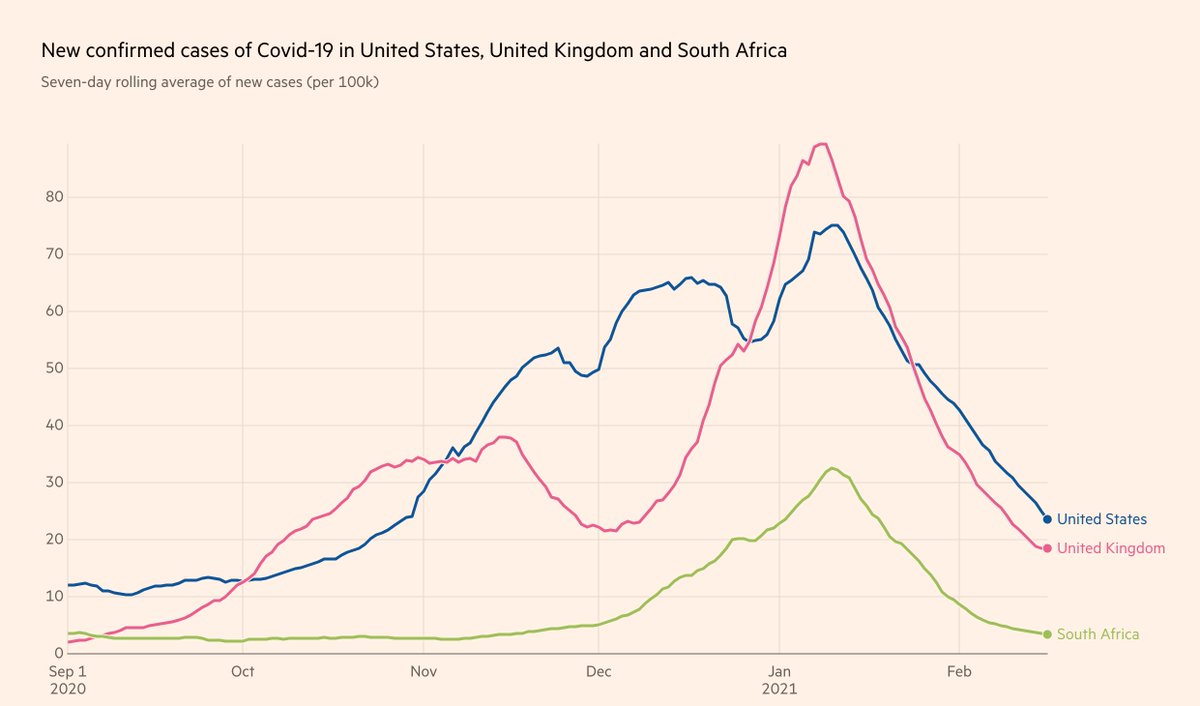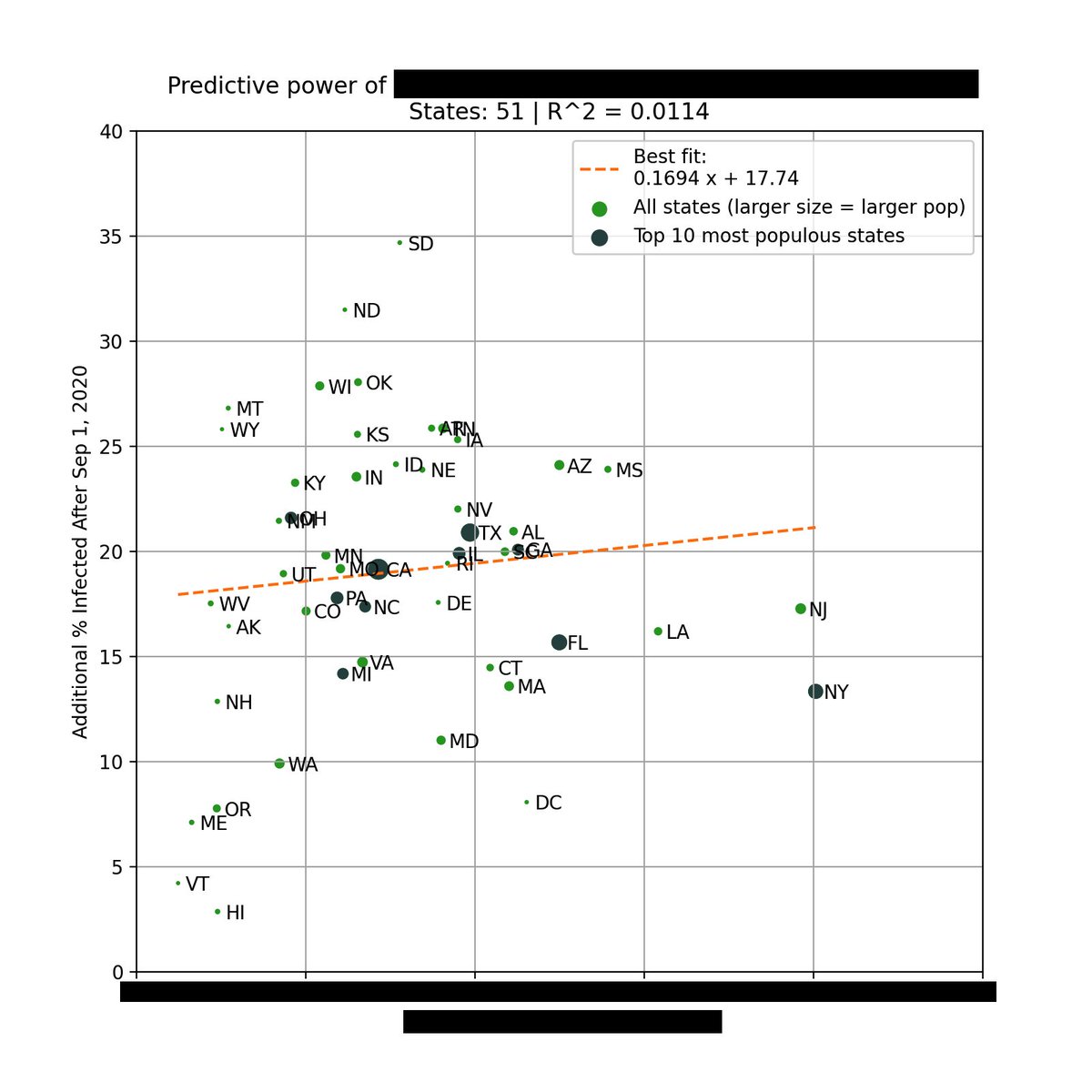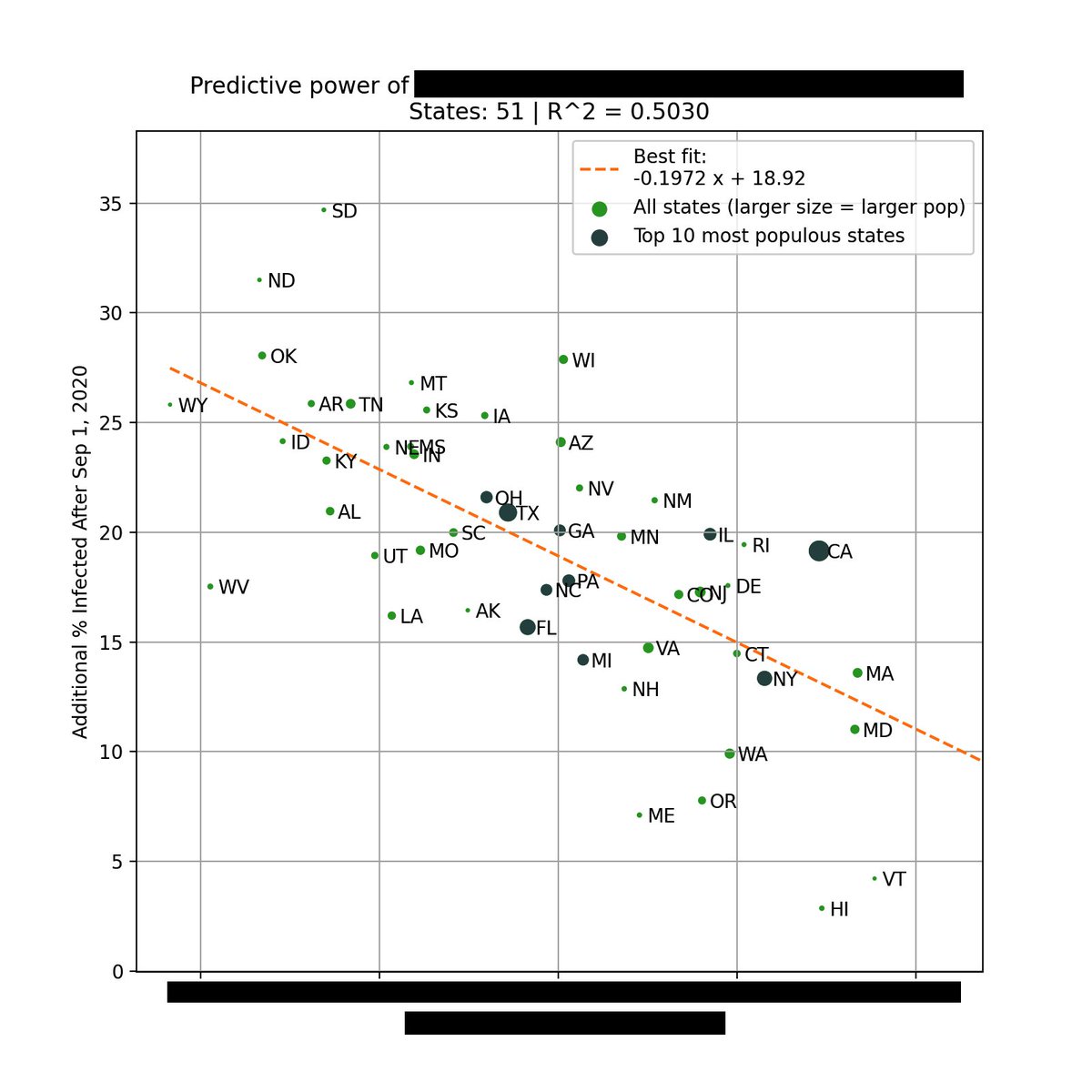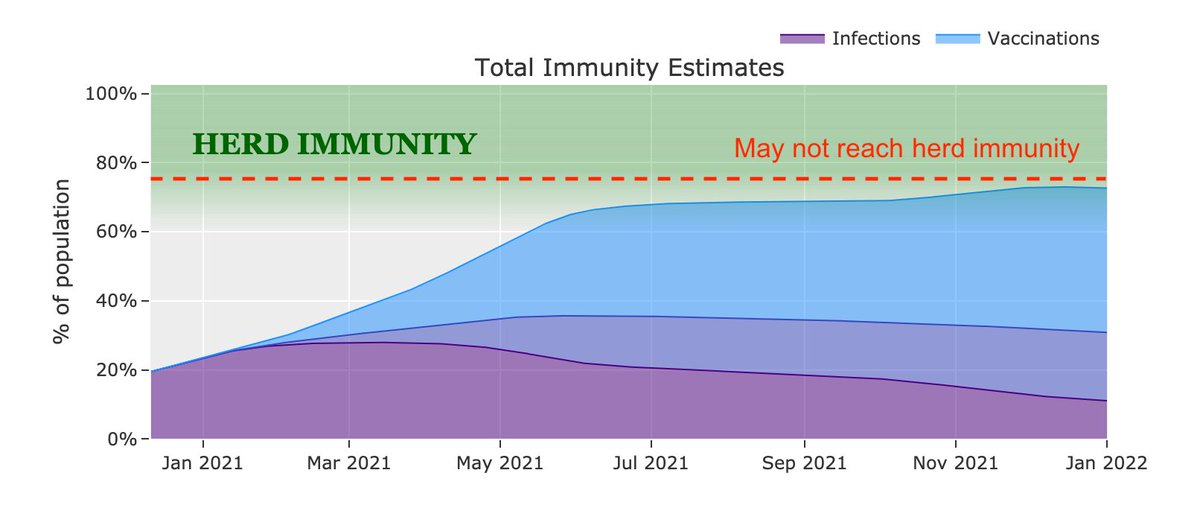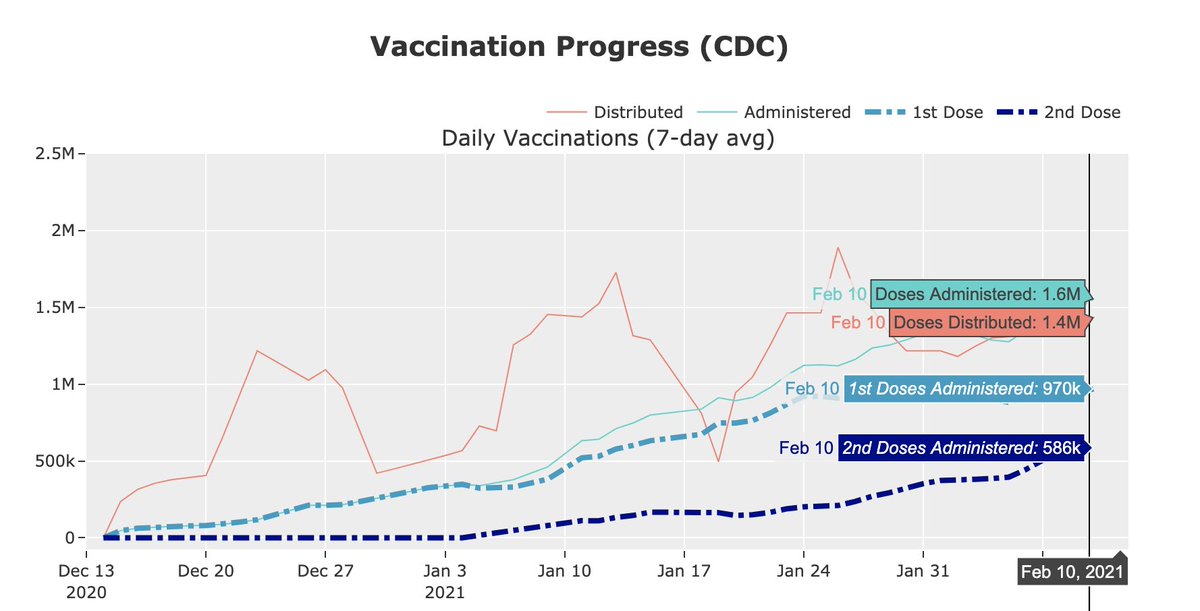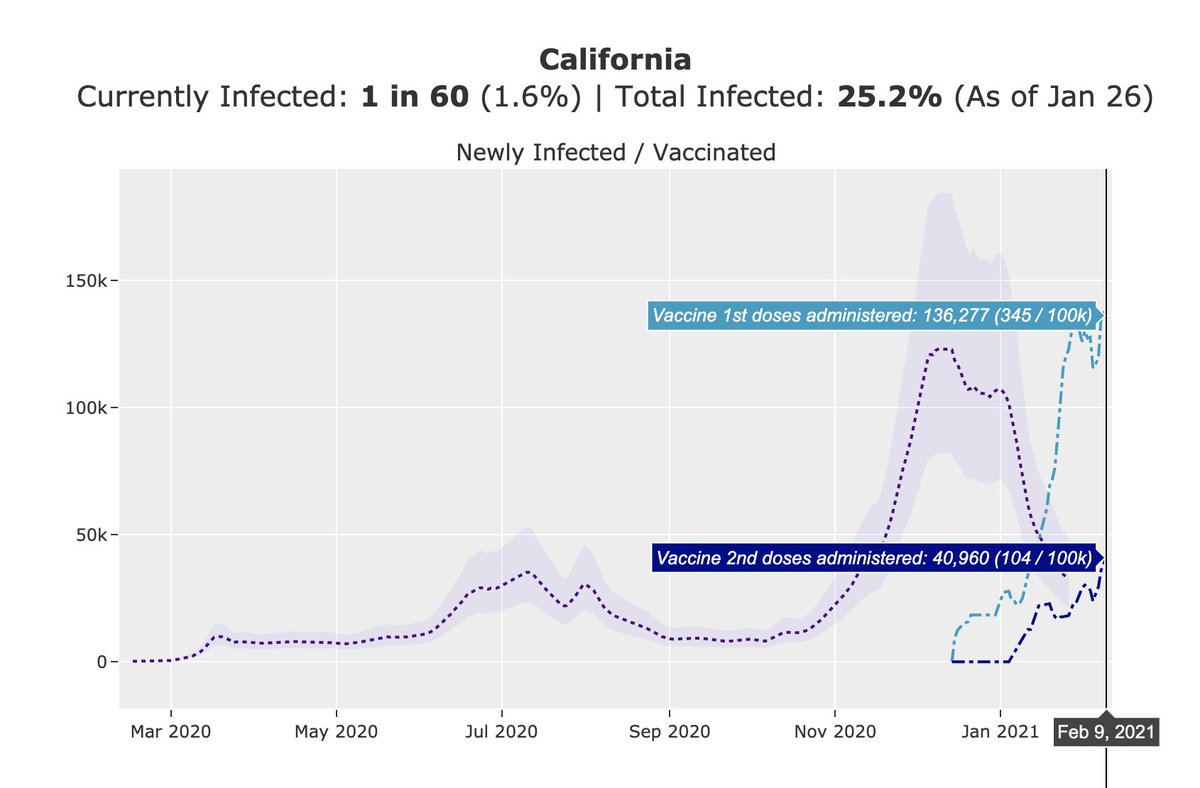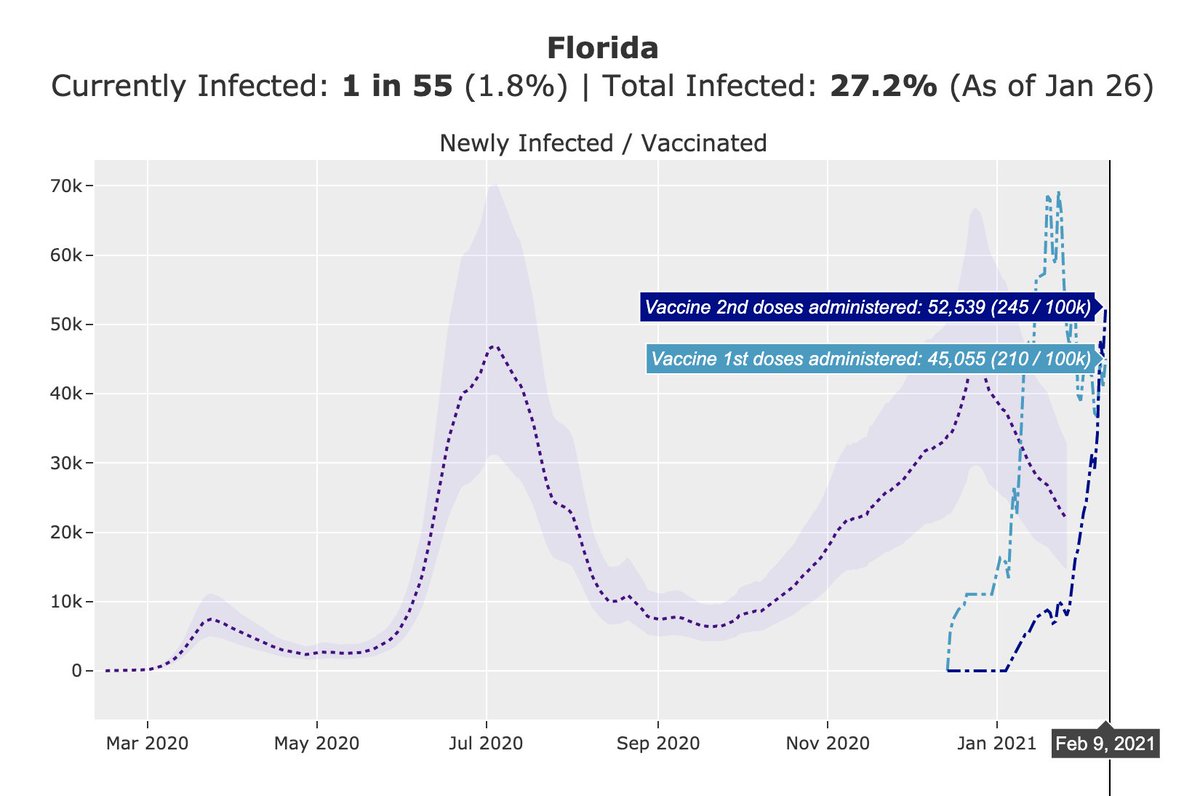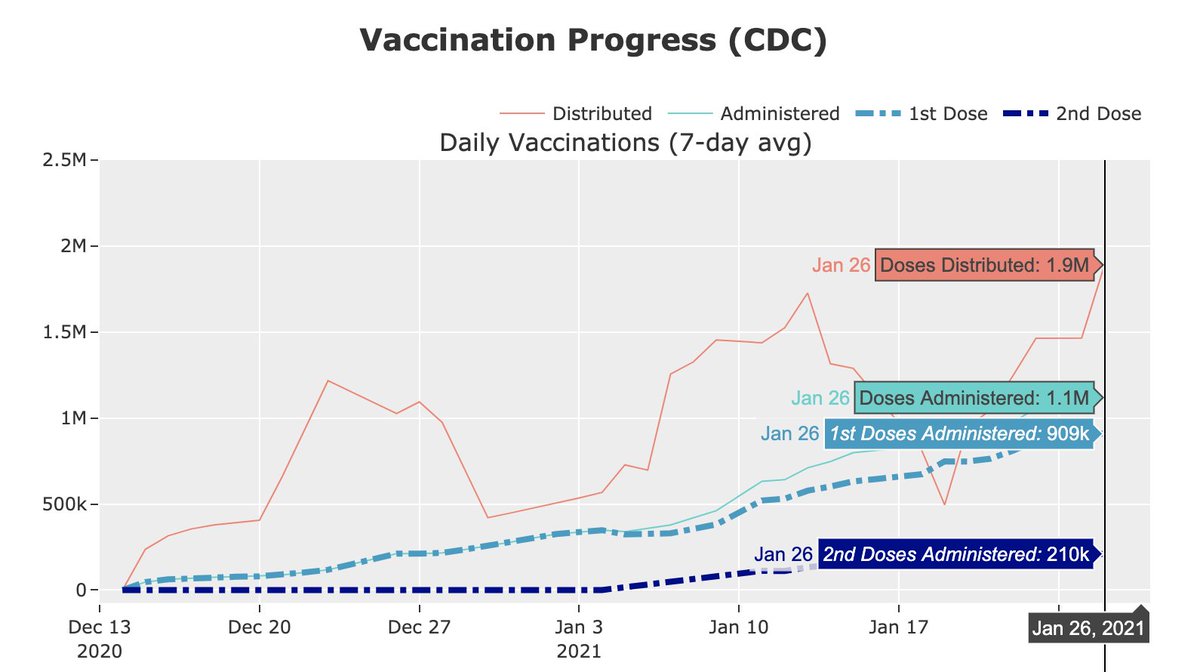
Tue Feb 16 Weekly Vaccination Update:
Not much changed over the past week. New vaccinations has been stuck at 900k-1M per day for the past *month*.
New doses distributed remains low, but hopefully this changes soon with the newly announced allocations.
covid19-projections.com/path-to-herd-i…
Not much changed over the past week. New vaccinations has been stuck at 900k-1M per day for the past *month*.
New doses distributed remains low, but hopefully this changes soon with the newly announced allocations.
covid19-projections.com/path-to-herd-i…

We renamed our page from "Path to Herd Immunity" to "Path to Normality". Reasons explained in our thread from last week:
https://twitter.com/youyanggu/status/1359941463757516802
More encouraging news: more people are getting their second shot daily than the peak daily infection rate in December.
The number of new vaccinations is now 4x the number of new infections. Hopefully this pattern continues.
The number of new vaccinations is now 4x the number of new infections. Hopefully this pattern continues.

The highest-vaccinated state, Alaska, has roughly 2x the number of vaccinated people (17.3%) as the lowest-vaccinated state, Rhode Island (9.2%). 

• • •
Missing some Tweet in this thread? You can try to
force a refresh

